Today, Leica has announced a shipping date and price for the highly anticipated APO-Summicron-SL 35mm f/2 ASPH. With initial deliveries slated for April, the lens will come with a price tag of $4,595.
The 35mm APO-Summicron-SL joins the existing roster of APO-Summicron-SL lenses, which currently includes the reference-class 75 and 90mm. Like its siblings, the 35mm APO promises to be the highest performing lens in its respective focal length that we've ever seen from Leica, in any system.
(You can read my review of the 75mm APO-Summicron-SL here.) No small achievement with legendary lenses like the 35mm Summilux-M ASPH FLE in the lineup.
The completely new and quite sophisticated lens design consists of 13 elements in 11 groups, of which over half the lenses are made from exotic glass types with partial anomalous dispersion, and five of which feature aspherical surfaces. All that glass is enclosed in a weather and dust-sealed elegant aluminum housing.
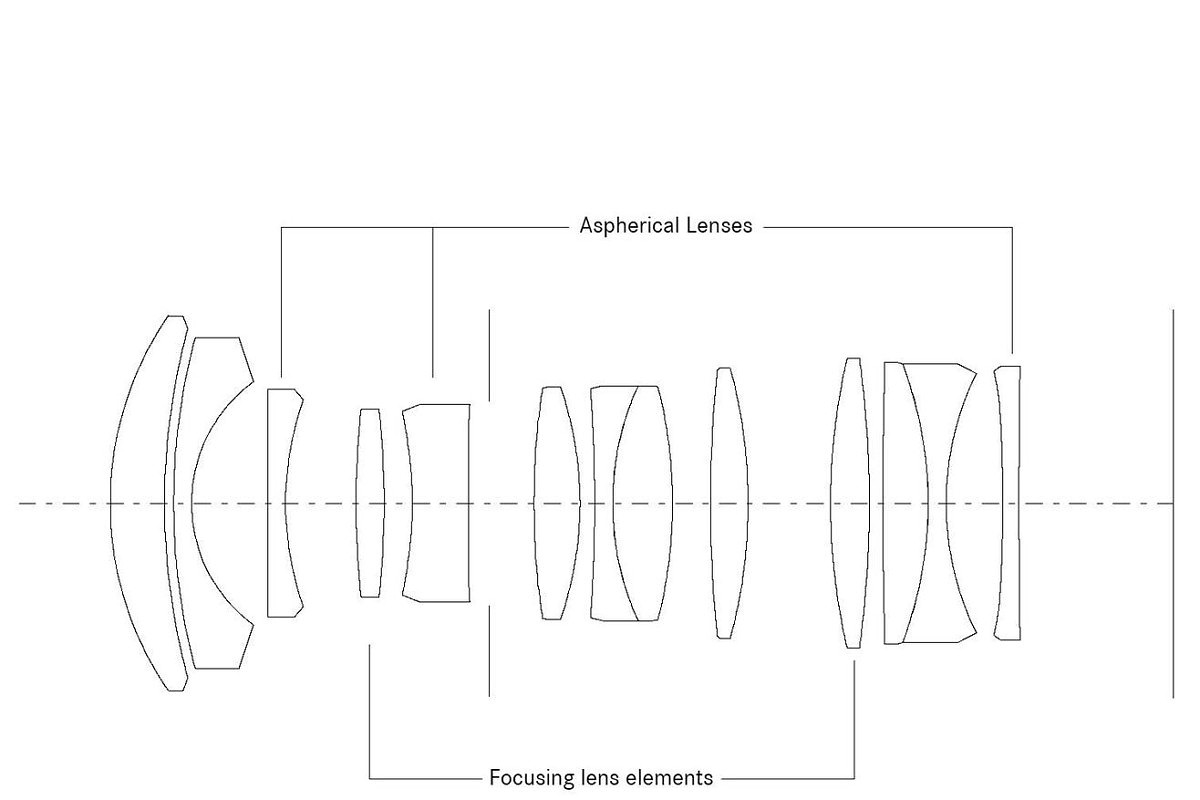
Autofocus is quick, precise and silent, care of the Dual Syncro Drive system which employs two lightweight focus elements moving independently of each other, driven by powerful and extremely precise autonomous stepper motors.
Manual focus is smooth and fluid, with Leica's new magnetic polarity detection and near-instant fly-by-wire offering seamless interaction and responsiveness.
The 35mm APO-Summicron-SL is offered in L-Mount, which is now not only compatible with the Leica SL, TL2 and CL bodies, but also with the recently introduced Panasonic S1 and S1R cameras. As the driving force behind the L-Mount Alliance, Leica is dedicated to setting the benchmark for optics in the Leica L-Mount and the 35 APO-Summicron-SL is no exception.
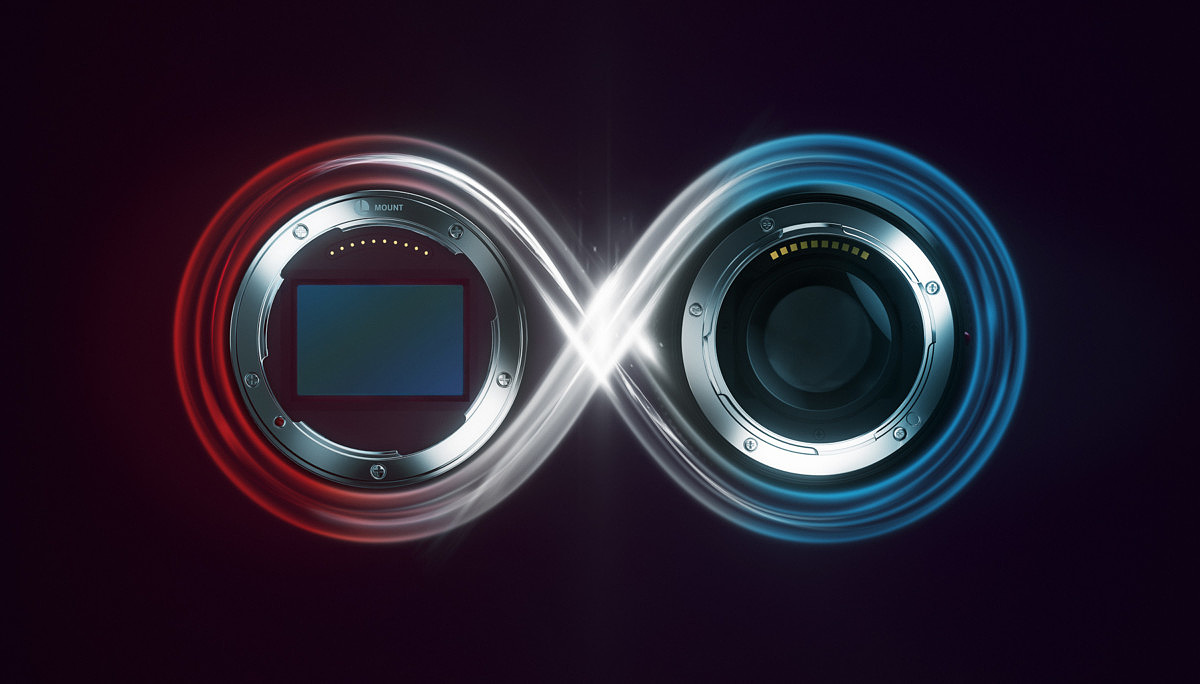
All APO-Summicron-SL lenses utilize the same outer barrel and are therefore the same physical dimensions. With a 67mm front diameter, the f/2 primes are significantly more compact than the exceptional, yet large, zooms. The 35mm is the now the third lens in this series, with the 50mm joining sometime later this year, and 21, 24, 28mm focal lengths coming by 2020.
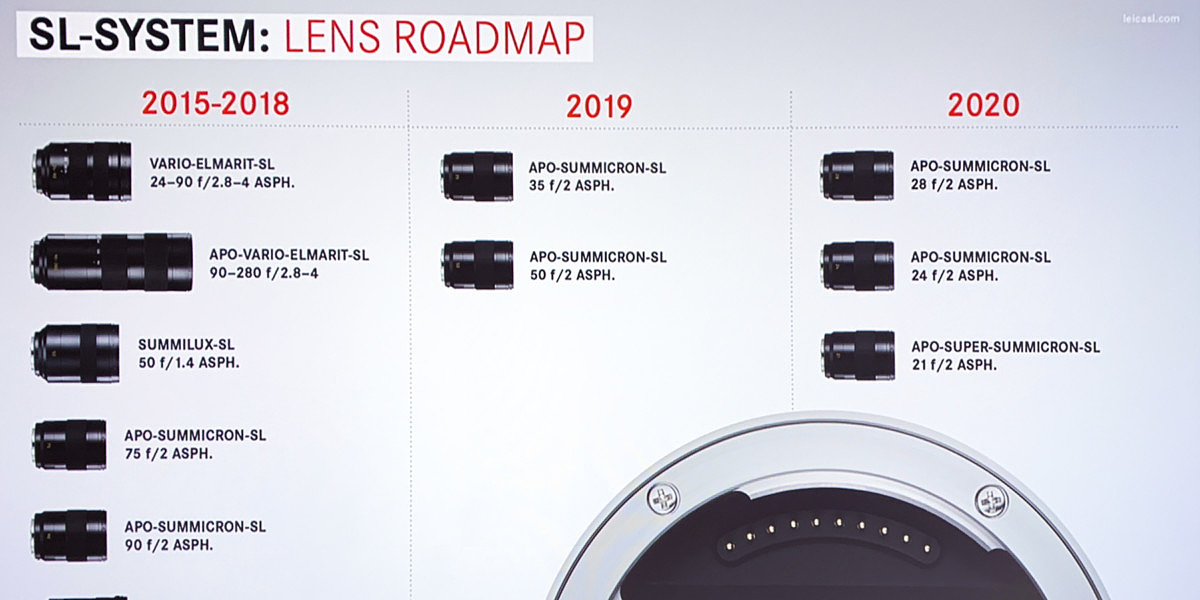
Personally, I had a chance to play with a prototype of the 35mm during Photokina this past September. Even in its early stage of development, the lens performed flawlessly. I was blown away by the ridiculously high resolving power and buttery smooth bokeh. Yes, it's possible to achieve both. During the show, I also had the pleasure of sitting down with Peter Karbe, head of optics, and Dietmar Stuible, head of SL lens development to discuss the technology of the APO-Summicron range. Stay tuned for the full interview, which I'll be posting to Red Dot Forum in the near future.
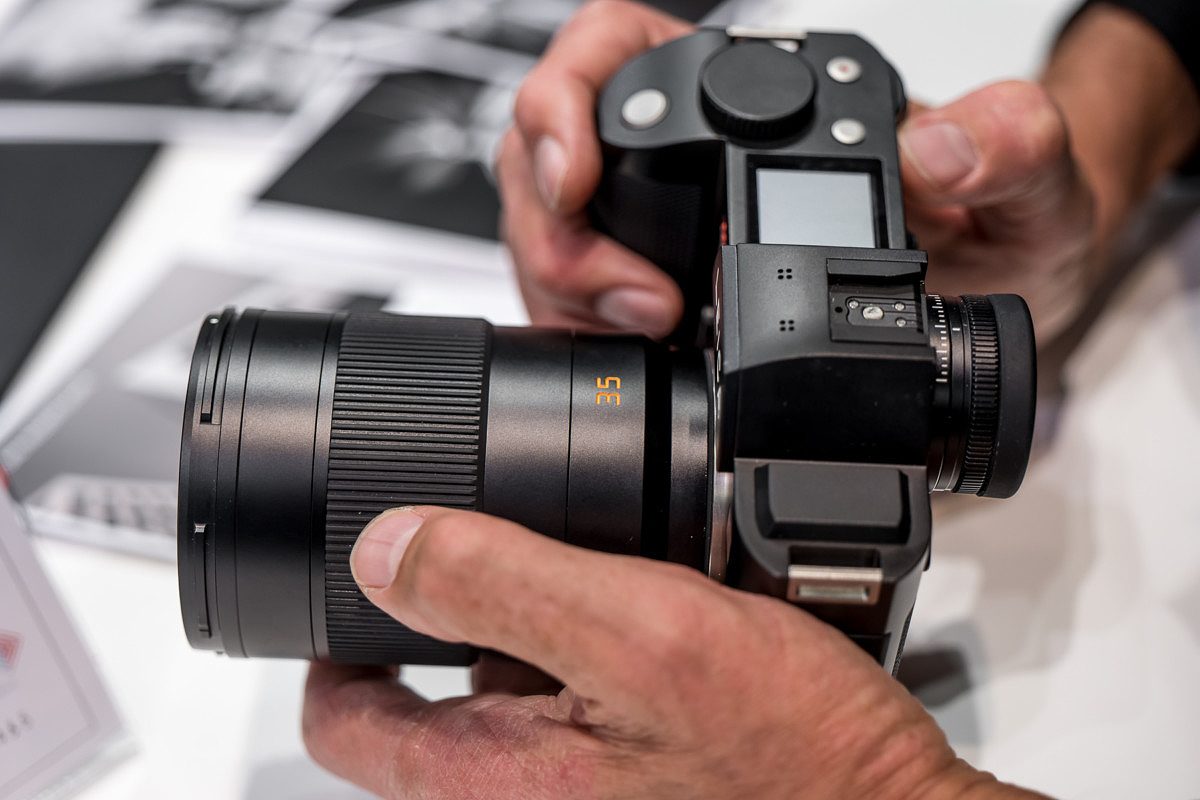
If you are interested in purchasing the lens, you can place a preorder with Leica Store Miami, either by calling 305-921-4433, emailing info@leicastoremiami.com, or by clicking the button below.
Press Release
NEW PRIME LENS FOR THE LEICA SL-SYSTEM
The launch of the APO-Summicron-SL 35 mm f/2 ASPH. lens marks a further addition to the portfolio of high-performance lenses for the Leica SL-System. Innovative production methods and new technologies paired with exceptional imaging performance make the latest lens of the Summicron-SL series the new reference among reportage focal lengths. Thanks to the L-Mount standard used for this lens, the APO-Summicron-SL 35 mm f/2 ASPH. is also fully compatible with cameras manufactured by other partners of the L-Mount Alliance with the lens mount developed by Leica.
The new Summicron-SL prime delivers extremely high imaging performance at its largest aperture and is ideal for photography in difficult lighting conditions. In its construction, a total of 13 extremely complex lenses ensure the very highest levels of the image quality attributes so typical for Leica: natural skin tones, soft transitions into the bokeh, outstanding contrast in details and consistent sharpness from corner to corner and edge to edge of the distortion-free image. The following holds true for SL-Lenses in general: the maximum aperture is a usable aperture – stopping down is exclusively a creative imaging tool, and is not necessary for achieving better imaging performance.
All glass elements in an optical imaging system – for example lenses – refract light in certain colours to a different extent. This leads to the effect that not all rays of light from a multi-coloured subject are focused at a single imaging point – the result of this is chromatic aberration. In the new APO-Summicron-SL 35 mm f/2 ASPH. these chromatic aberrations are minimised by apochromatic correction. For this, the majority of the thirteen lens element used in the construction of the lens – five of which have aspherical surfaces – are made from specially formulated high-quality glass types with anomalous partial dispersion that push even the innovative manufacturing methods of the Leica Factory to the limits of the technically possible.
Both the construction and the design of the cutting-edge Summicron-SL line represent the next step forward in the development of lenses for the Leica SL-System. New, extremely precise manufacturing methods and measuring technologies have been developed especially for the production of these lenses. The results of this are reflected not only in the more compact dimensions and considerably lower weight of the lenses, but also in their excellent imaging performance. In the construction of the APO-Summicron-SL lenses, particular attention has been paid to the prevention of stray light and reflections. Together with an optimisation of the optical and mechanical design, the application of high-quality coating to lens surfaces reduces unavoidable reflections to an absolute minimum. Thanks to effective sealing against dust, moisture and water spray, and Aquadura coating of the exposed lens surfaces, the lenses can be used without a second thought in almost any weather conditions.
The autofocus drive of all Summicron-SL lenses employs extremely powerful and robust stepping motors with DSD® (Dual Syncro Drive™). Thanks to these, the entire focusing throw can be travelled completely in only around 250 milliseconds. Leica shows its innovative powers not only in the case of autofocus technology, but also when it comes to manual focusing: Summicron-SL lenses feature a totally new concept for manual focusing in which a ring magnet with alternating north-south magnetization is embedded in the focusing ring. The magnetic field changes its polarity when the ring is turned. A sensor monitors the status of the magnetic field and sends the data to the main processor. The drive then shifts the lens to the corresponding focusing position on the basis of the angle of rotation and the rotational speed – this in turn enables even faster and more precise manual focusing.
The APO-Summicron-SL 35 mm f/2 ASPH. will be on sale from April 2019.
Tech Specs
| Angle of view (diagonal, horizontal, vertical) | 63.4° / 54.4° / 37.9° |
| Optical design | |
| Number of lenses/groups | 13/11 |
| Aspherical surfaces: | 5 |
| Position of entrance pupil | 66.4 mm at ∞ |
| Working range | ∞ to 0.27 m |
| Distance setting: | 120x180mm |
| Largest reproduction ratio | 1:5 |
| Aperture | Electronically controlled aperture, set using turn/push wheel on camera, including half values |
| Aperture setting range | 2-22 |
| Bayonet/sensor format | Leica L bayonet, full-frame 35 mm format |
| Filter mount | E67 |
| Finish | Black anodized |
| Dimensions and weight: Length to bayonet mount | 102mm |
| Largest diameter approx | 73mm |
| Weight approx | 750 grams |
| Warranty | 2 years |

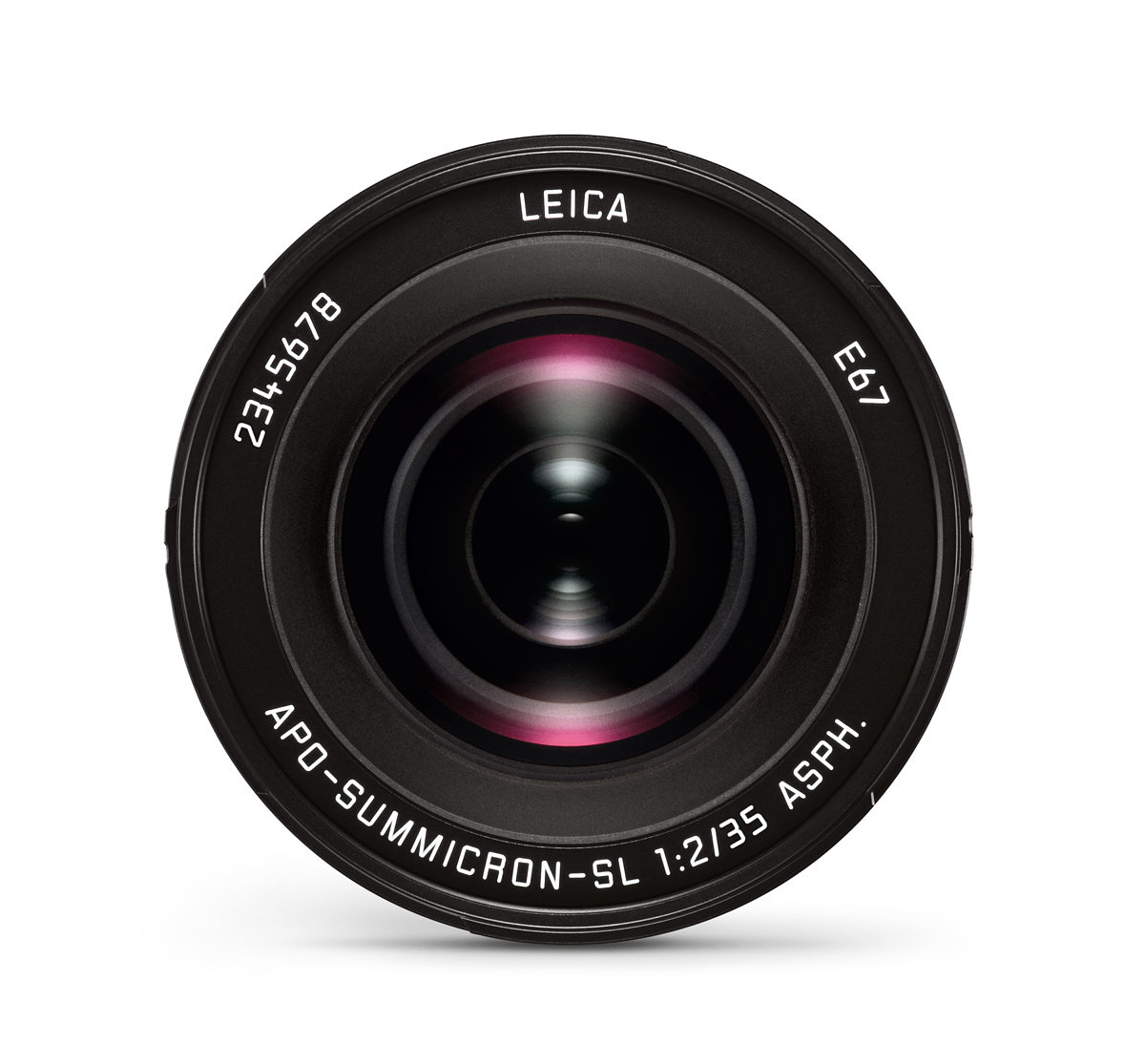
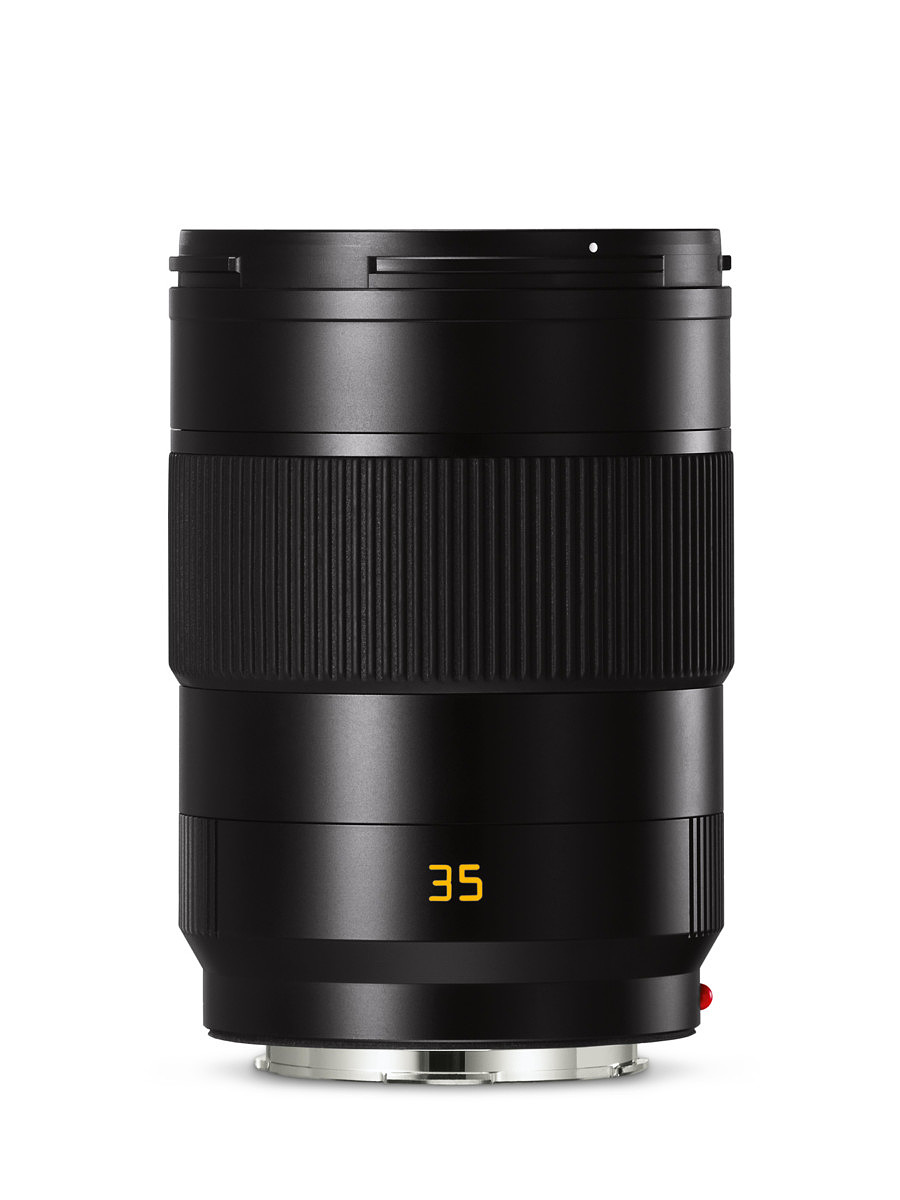
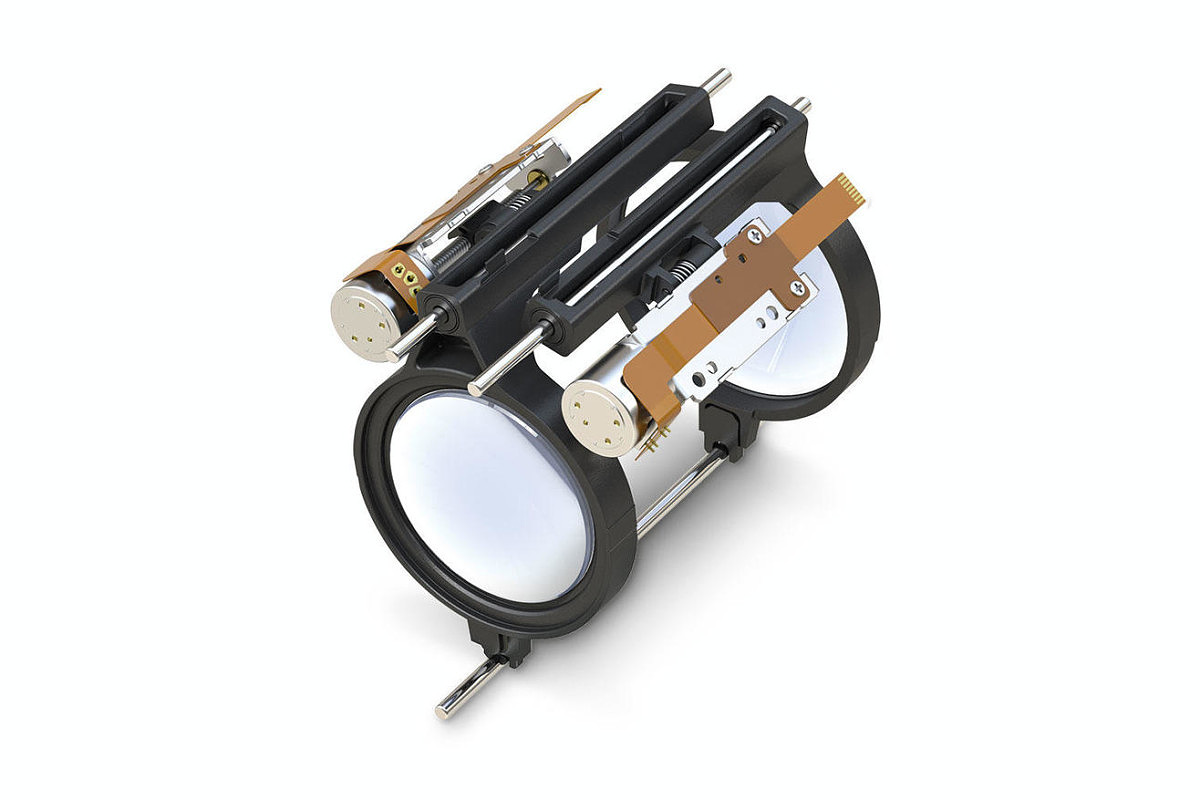
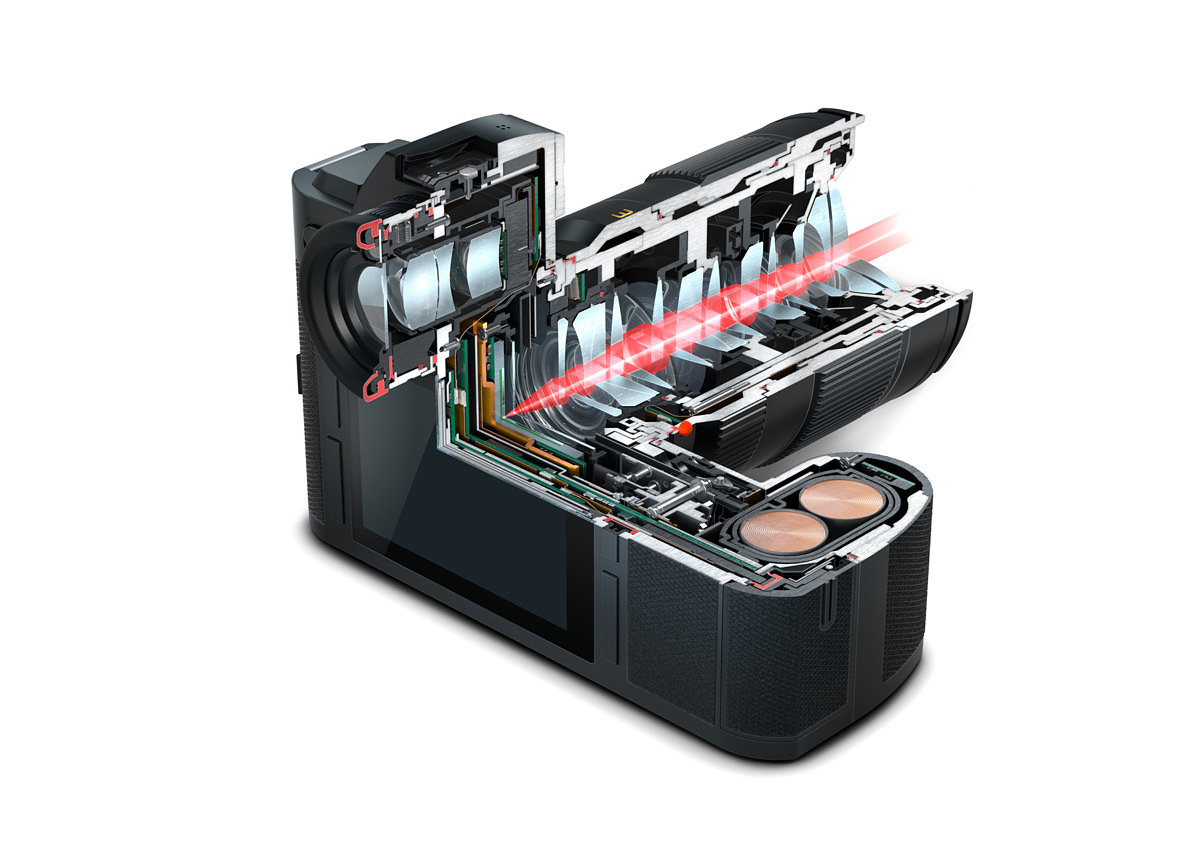
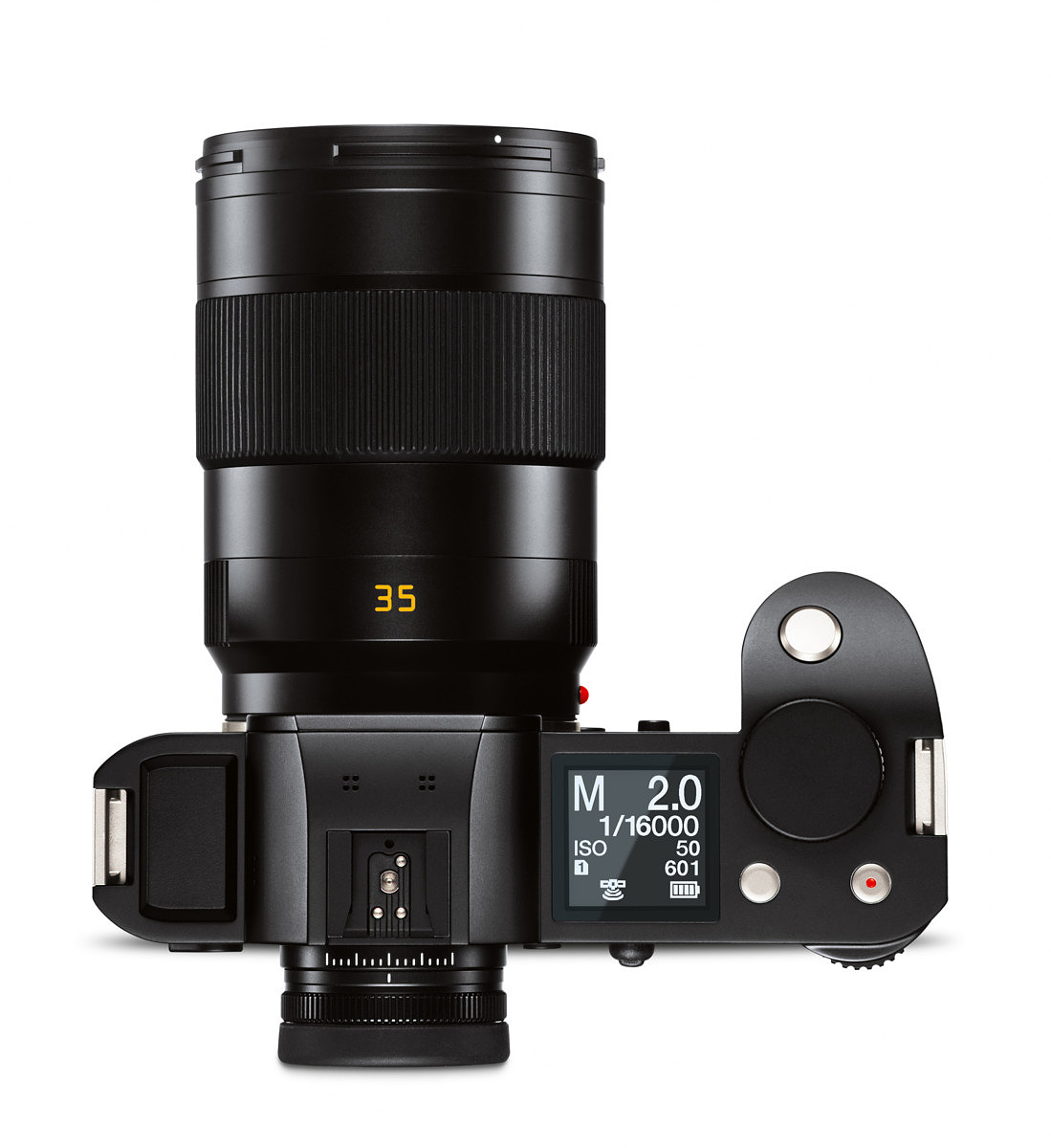
I have recently purchased a 09-280 Elmarit SL lens, with which I am very pleased. It seems to me that its resolution is high enough to tolerate a tele-extender. Does Leica have such an addition planned for?
So, I posed the question of an APO tele extender to the lens designers when I was at the factory last summer. The answer was that they already have a 1.5x extender that doesn’t result in light loss or reduction in quality. “It’s called a Leica CL.” Actually makes sense. You still get 24MP and the equivalent of a 135-420mm while retaining the f/2.8-4 max aperture. Also, AF and OIS work perfectly on the CL. If Leica sold an L tele extender it would probably cost the same as an entire CL camera. So, you get an extender and a backup body that can take all the SL lenses. Not so crazy, right?